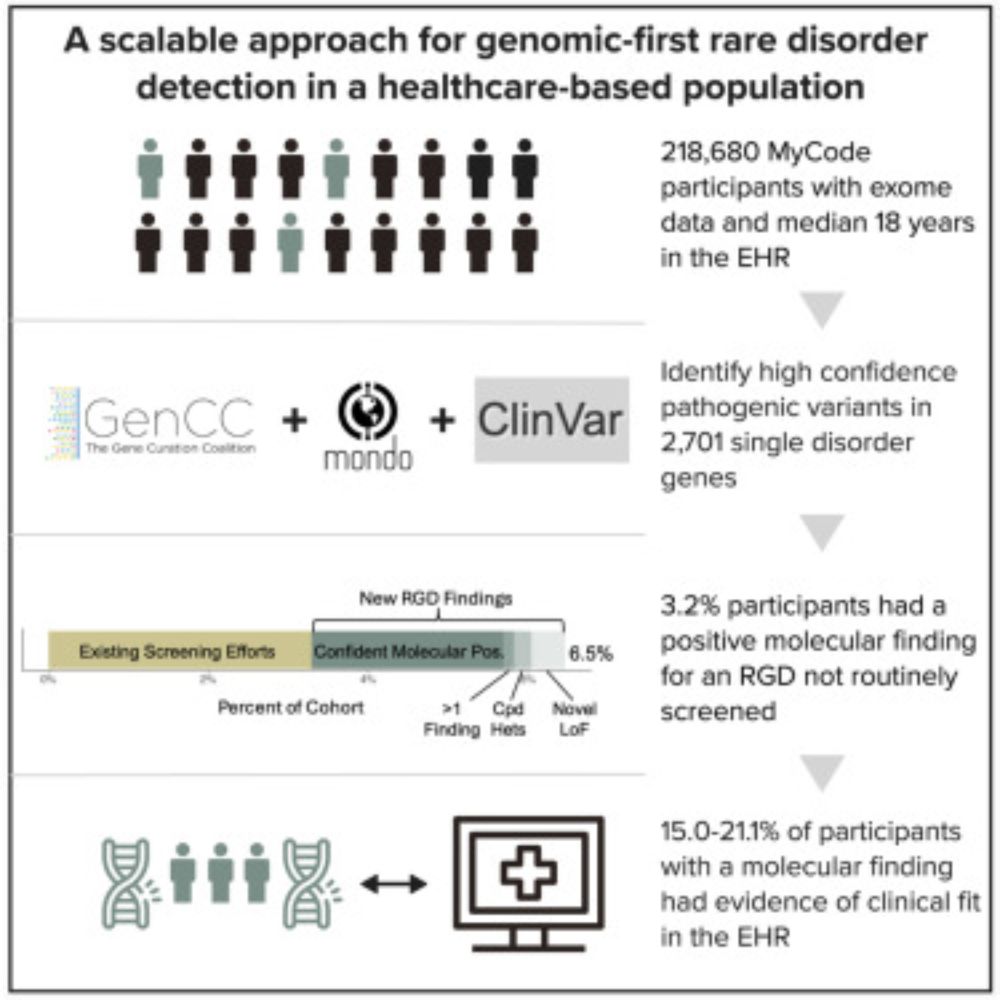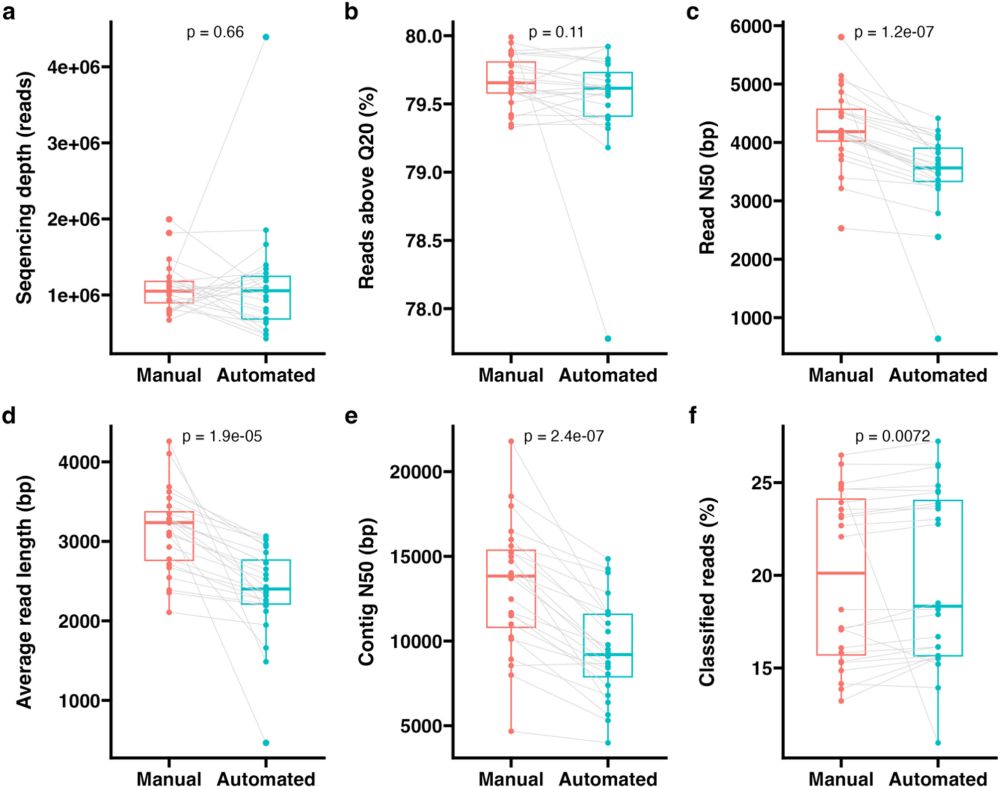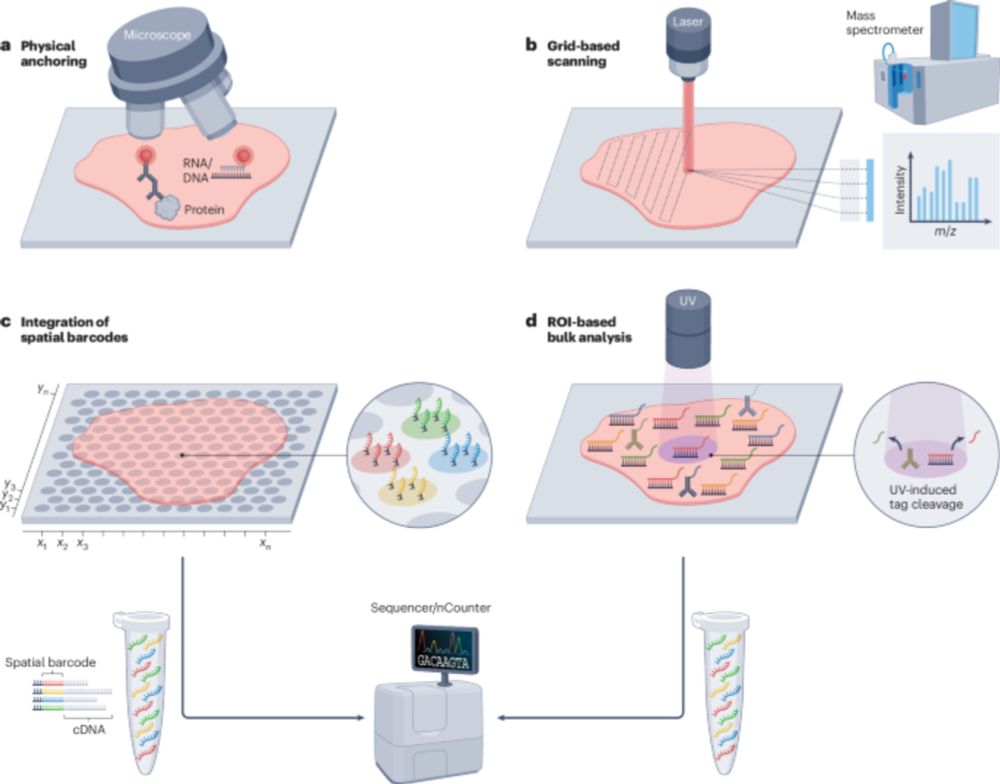Jonathan Coxhead
@4130chromo.bsky.social
1.1K followers
690 following
500 posts
Head of #Genomics Core Facility at NCL 🧬 Single-Cell 🧬 Spatial-Transcriptomics 🧬 Next-Generation Sequencing 🧬 MTBing 🚵🏻♂️ Dad & Husband 👨👩👧👦 | ⚽🔴⚪ SAFC 🎫 | 🦋 own views.
Posts
Media
Videos
Starter Packs
Reposted by Jonathan Coxhead
Reposted by Jonathan Coxhead
Reposted by Jonathan Coxhead
Reposted by Jonathan Coxhead























